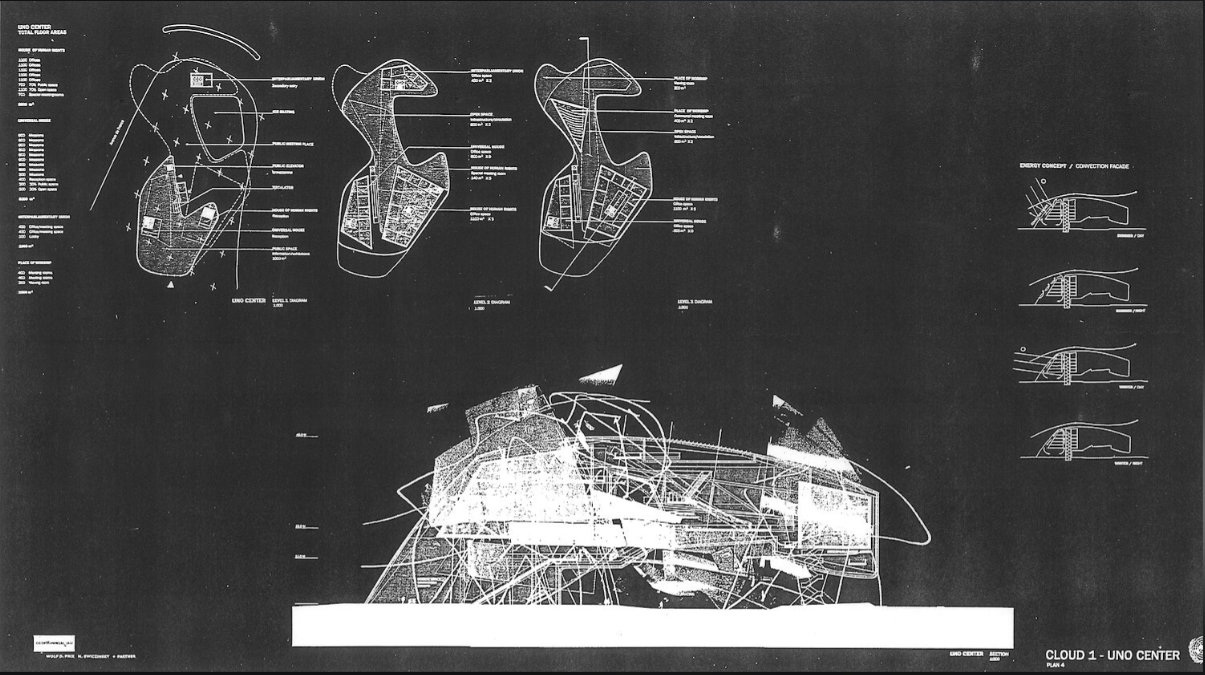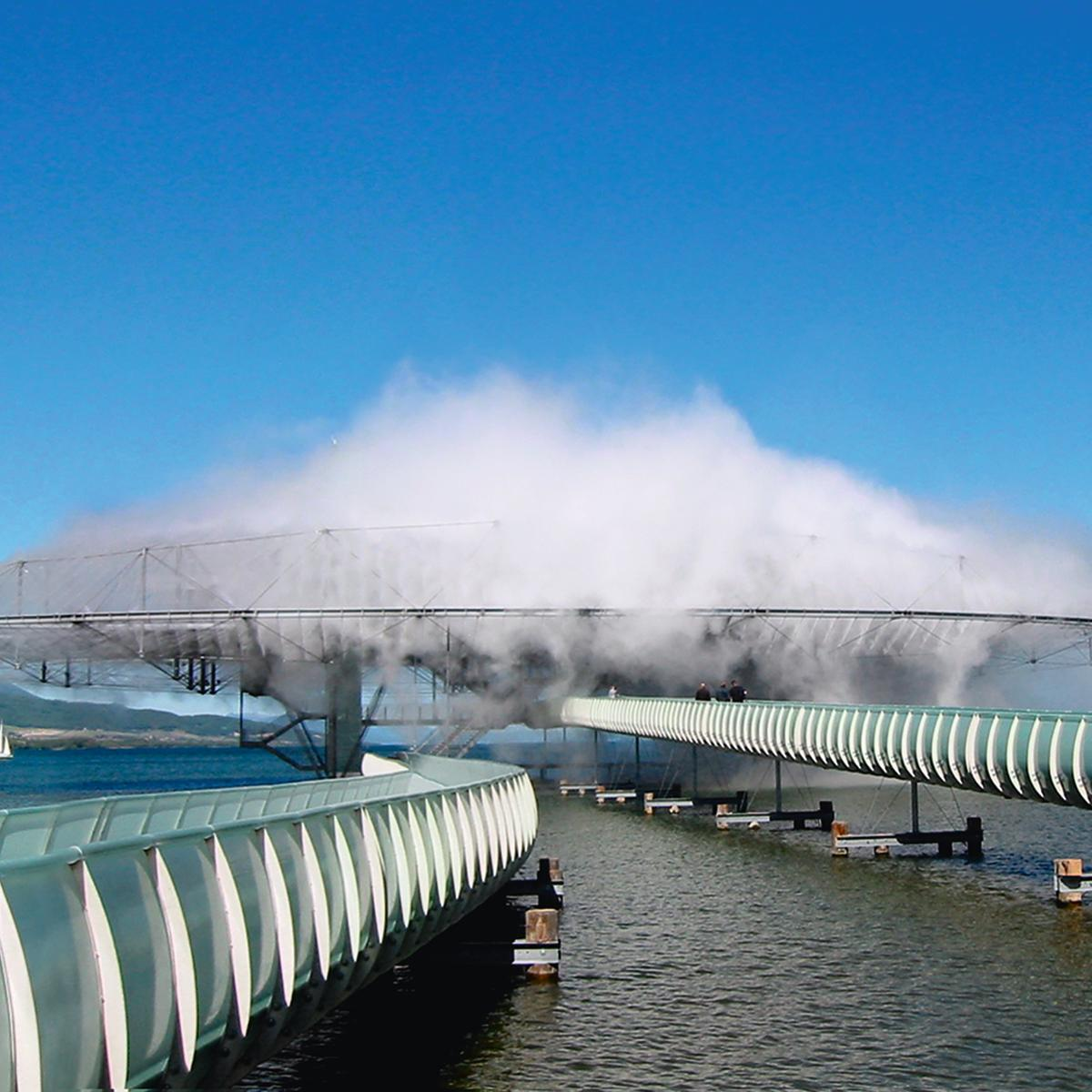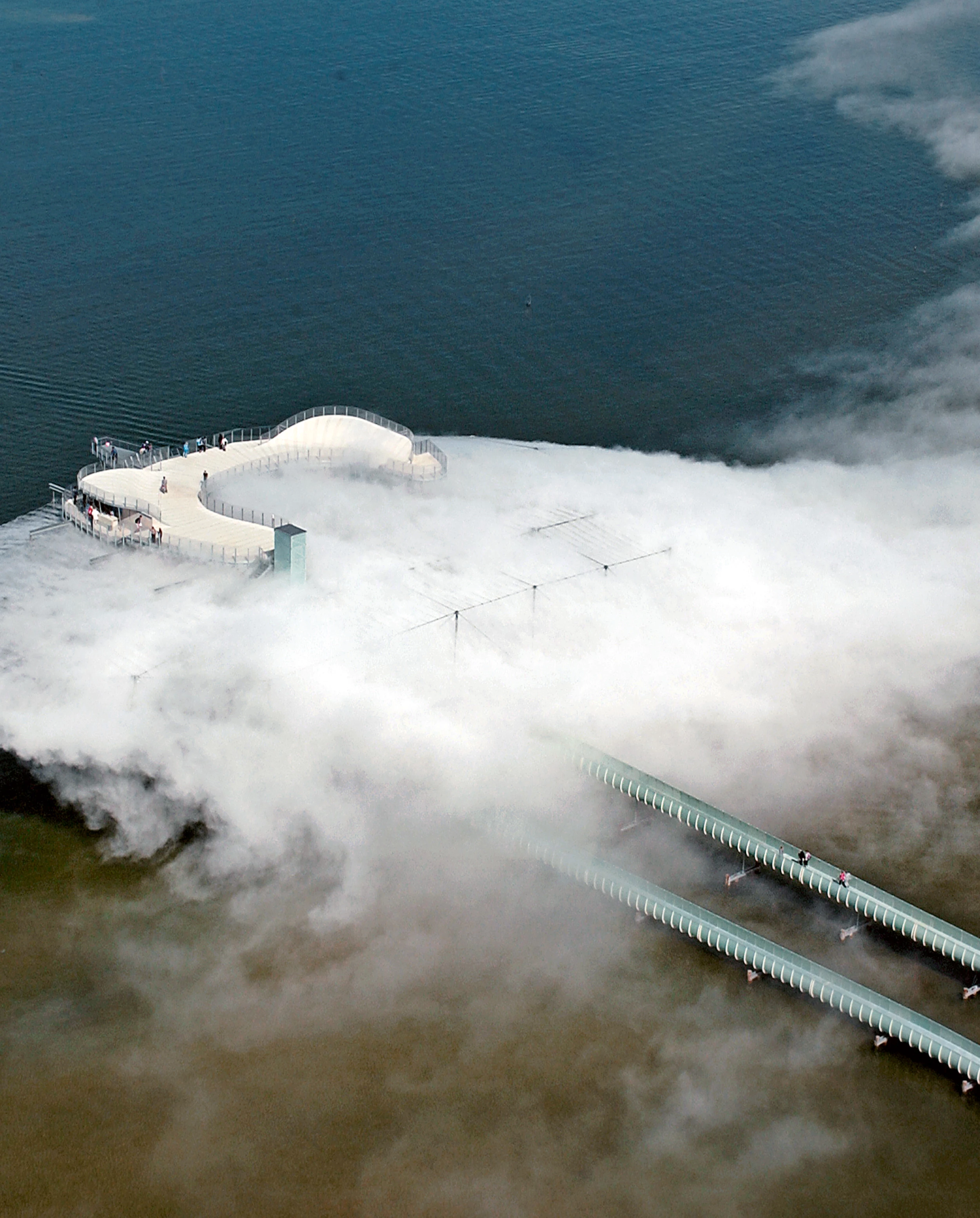created 2025-06-10, & modified, =this.modified
rel: Disappearing Architecture - From Real to Virtual to Quantum
By Mark Dorrian
Frank Gehry’s design for the Louis Vuitton Foundation for Creation – “It’s a cloud of glass – magical, ephemeral, all transparent.”
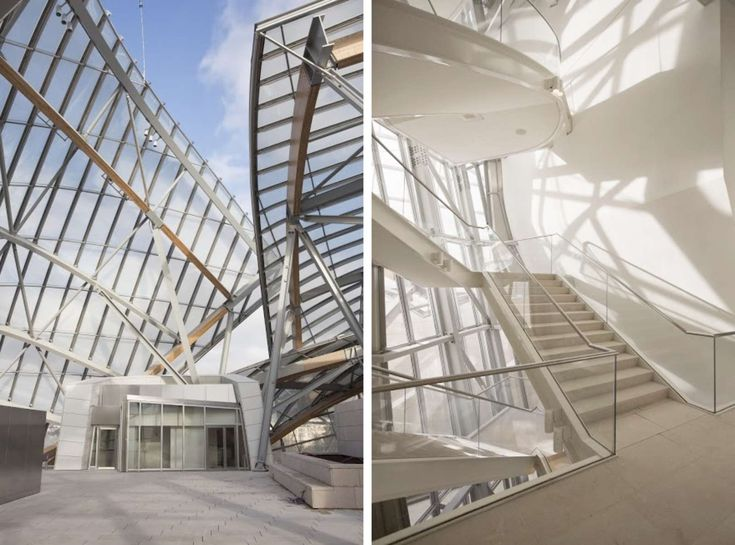
I hope they will look at the building and say, ‘what is that?’
1995 Coop Himmelb(l)au, produced for the UN Building in Geneva Cloud #9
ʻa soft, fluctuating enigma – a building that does not want to be a building any moreʼ.
The cloud itself can be seen an idea without adequate concept; it is a differential system rather than an object. It eludes identity by being a product of the complex web of influences in which it finds itself, rather than of specific intention. In this way, the cloud as method threatens to erode the control of the architectural designer, thereby opening up new fields of spatial possibility. … The envelope of the cloud becomes a glass mesh construction which loosely defines a semi-public space. The permeability of this shell allows views of the movement of people through layers of light and colour.
Gehry:ʻI wanted to create something that every time you approach, it shows a different character depending on the light and the time of day. I wanted to emulate everything this word “transparence” means
Paul Scheerbart Glass Architecture
Scheerbart was a German author of speculative fiction, and drawings.
He spoke of Glass Architecture:
We live for the most part in closed rooms. These form the environment from which our culture grows. Our culture is to a certain extent the product of our architecture. If we want our culture to rise to a higher level, we are obliged, for better or for worse, to change our architecture. And this only becomes possible if we take away the closed character from the rooms in which we live. We can only do that by introducing glass architecture, which lets in the light of the sun, the moon, and the stars, not merely through a few windows, but through every possible wall, which will be made entirely of glass - of coloured glass. The new environment, which we thus create, must bring us a new culture.
- avoidance of wood furniture - cupboard, table and chair must be made of glass to be cohesive.
- furniture in middle of the room - pictures on walls is impossible.
- the face of the earth would be much altered if brick architecture was ousted everywhere by glass architecture. It would be as if the earth were adorned with sparkling jewels and enamels.
- Tiffany - tiffany glass, colored clouds into glass. Walls acquire a new charm.
- Doors - self-opening doors will be equally as common as self-closing.
- Light columns - columns are no longer just supports, but have light elements giving the impression of floating with light columns. Towns and other places should always be distinguished by towers. Every effort must be made to lend to enchantment. Under the rule of glass architecture, all towers must become towers of light.
- End of windows - When glass architecture comes in, there will not be much more talk of windows either; the word ‘window’ will disappear from the dictionaries. Whoever wants to look at nature can go out on his balcony or into his loggia, which of course can be arranged for enjoying nature as before. But then it will not be spoilt by hideous brick houses.
- Gothic Cathedrals - the whole of glass architecture stems from the Gothic Cathedral.
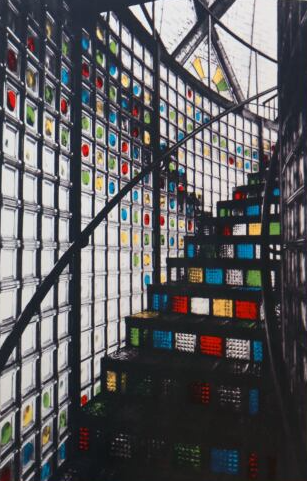
Blur project – immaterial design. The first project was a void that would be made in the lake itself and be called “Waterhole Restaurant.”
the project was specifically envisioned as an anti-spectacle, a refusal of the demand for visual clarity and the scintillating display of commodities normally associated with exhibitionary pavilions
Upon entering the fog mass, visual and acoustic references are erased, leaving only an optical ʻwhite outʼ and ʻwhite noiseʼ of pulsing nozzles. Contrary to immersive environments that strive for high-definition visual fidelity with ever-greater technical virtuosity, Blur is decidedly low-definition: there is nothing to see but our dependence on vision itself
rel:Hans Haacke
Paul Carter has pointed out, a precondition of legibility tends to be that things are dried out, so that – to take an example – inkʼs temporary flow occurs upon an arid surface that guarantees the future shape of the dried character. To expose a document to humidity is to place in hazard its stability won through dryness, by exposing it to the warp and wrack of its material substrate. Under the encouragement of the humid, whose very emblem could be the cloud, things lose their linearity, contour and shape: they seep, blot and blur.
Hubert Damisch visited, and stated that it had something to do with breathing differently, with a different air.
Angel Deck – visitors ascending to the summit, and pierced the cloud layer.
Blur
Blur in Switzerland, an attempt at a formless building, a platform immersed in fog. With feature babble, a proximity based network with hookups to clothes, a raincoat that provides a 6th sense and a social radar of anonymous intimacy. It is a raincoat, a synthetic skin. A “braincoat” -
Thought
(I like the idea of walking, an like butterflies in the stomach, you encounter someone and there is a connection and it is like a butterfly under your shirt, thrumming and attempting to get out and connect).
Water was available so that visitors could “drink the building.”
When close, the raincoats color, simulating a blush. there is also a personalized acoustic sound, that increases with proximity to a match, they can choose to either approach or track or hide from this match. In the case of a 100% affinity, a small vibrating pad is embedded in the pockets of the braincoat. The motors send vibrations to the coat, mimicking the tingle of excitement that comes with human contact.
rel:Bird in my shirtLink to original
